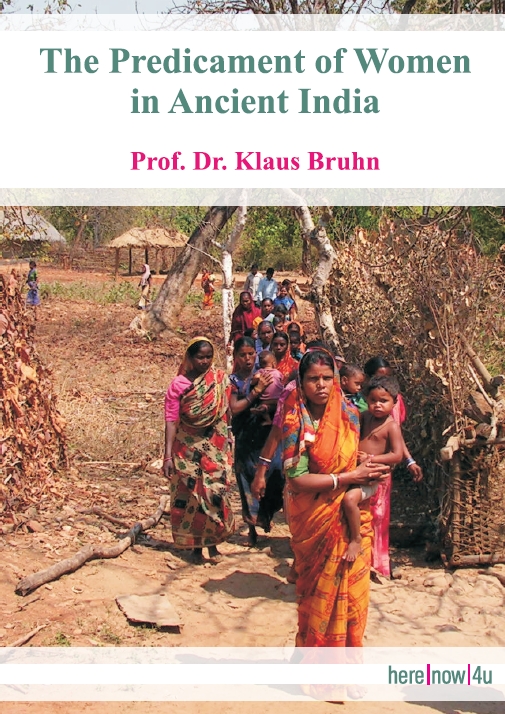Our description of the life of the Hindu wife would be one-sided if Hindu iconography and Hindu mythology were excluded. They form the religious world of the last two millennia, iconography originating somewhat later than mythology.
Hindu gods and goddesses are worshipped by both sexes. How far women worshippers prefer female deities and male worshippers male deities is not really known. Women with all the trouble inflicted on them by society cannot expect and do not expect special assistance from the innumerable Hindu goddesses. But women fast, perform their pujas, watch ceremonies, visit the temples more frequently than men and listen to gurus. The women live with their gods and goddesses, but we hardly know why a woman prefers a particular deity and whether she worships only one deity or several deities. Goddesses who bestow children have, of course, a special position.
What surprises the observer is the psychological contrast between the shyness and modesty of the women (young women in particular) and the femina triumphans in iconography and mythology.
PANIKKAR writes: "Also it is important to remember that Hindu religion has never taught the inferiority of women. There is no parallel in Hinduism to the story of man's fall as a result of Eve's temptation and no stigma attached to womanhood as a whole. Ardhanareeswara, the god who is conceived half-woman and half-man [Shiva and Parvati combined, Shiva as half-female], represents the integral view of Hindu religion in relation to woman..." (62-63). Refer for Ardhanarishvara to C.D.COLLINS 76-81, 245, 298. In contrast to Christianity, Hinduism has no temptation story and no concept of original sin (peccatum originis). But this “gap” does not help the women, and in the Dharma Shastras the inferiority of the woman has become a dogma (§ 2).
 Prof. Dr. Klaus Bruhn
Prof. Dr. Klaus Bruhn
 Title Photo Background:
Title Photo Background: